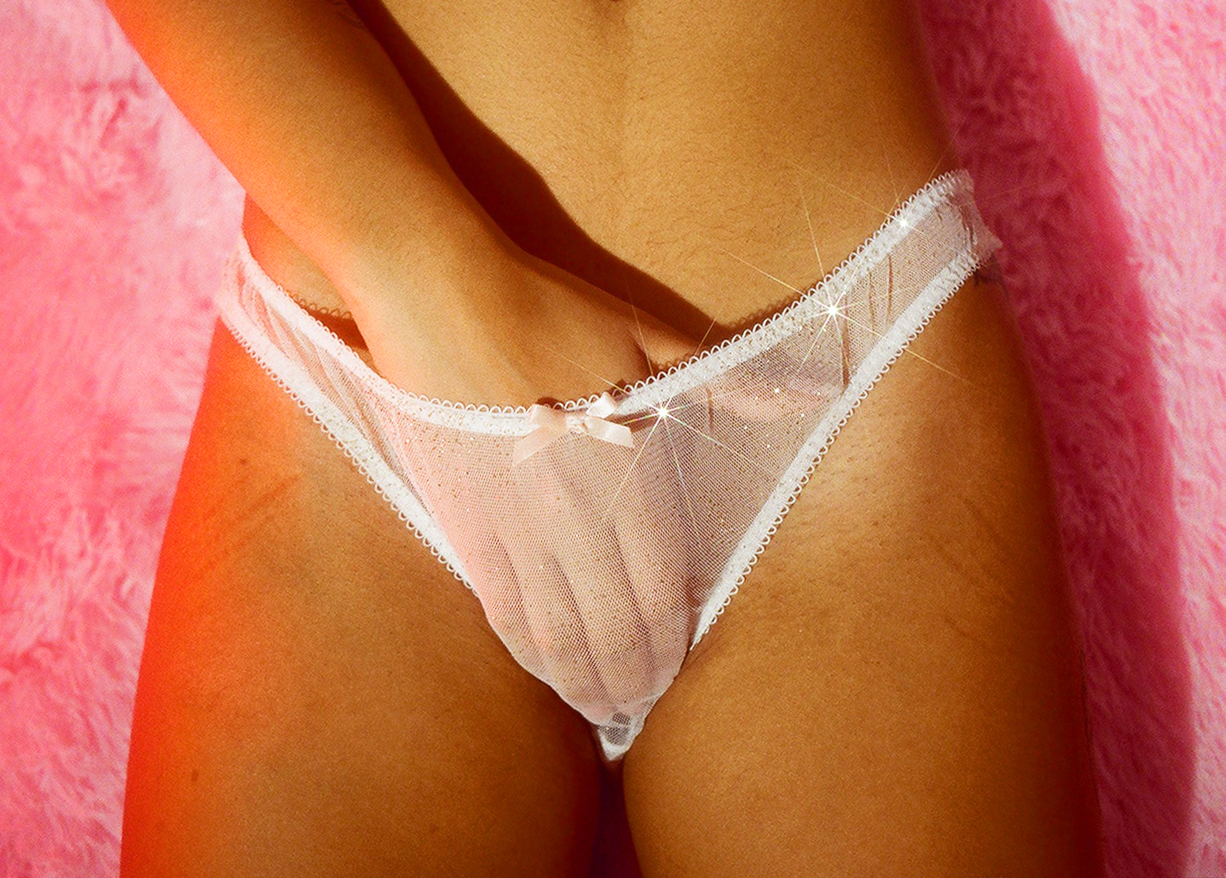In a new series, we speak to photographers making a mark online and offline, about studying, social media and creativity vs. commerciality, to better understand what it takes to work in one of the most competitive fields in the creative industries.
Last week, razor company Billie released a campaign video unlike a single one before it. The concept doesn’t sound radical — across 55 seconds, four women, each with different degrees of body hair, examine their different areas of hair coverage. Some of them shave said areas, others don’t. “Whenever, if ever, you want to shave, we’re here” the video closes with. The end.
It may seem farcical that a product designed to remove hair has only ever been promoted without a trace of it. Yet so obsessed with depicting women’s bodies as completely sanitised and entirely hairless throughout history, it’s hardly a surprising revelation.
The response to Billie’s campaign has been overwhelmingly positive. “Hair, hair: users applaud razor ad that shows women actually shaving,” wrote the Guardian over the weekend. “Responsible, contemporary and cool advertising focusing on the normality of body hair and highlighting the choice that women can do what they want with it despite societal pressures,” one woman tweeted. “About time someone made a real advert which shows real results,” tweeted another.
Such is the power of change when you put a young woman behind the lens. For Ashley Armitage, who directed the film and shot the campaign imagery, it’s all in a day’s work. The hazy, pastel-coloured visuals have all the hallmarks of her acclaimed imagery. Diverse, dreamlike, empowered, her work is largely concerned with female friendship and sexuality, and offers an unfiltered yet heightened perspective on modern womanhood.
Though there’s a lot of discussion about how photography is an industry dominated by men and images that reflect the male gaze, photographers like Ashley — young, female, working full-time across commercial and editorial jobs — remain rare. “When I was about 14 years old, I was scrolling through Tumblr and this incredible photo popped out at me. It was a naked girl holding a wolf, by Ryan McGinley,” she explains when discussing the first image that had an impact upon her. “It was so cool for me, as a young girl, to see nudity that wasn’t sexualised. She was just a fierce, naked woman staring intensely into the camera. It was so different from all the other imagery in my life at the time.”
Here, we get to know Ashley a little better, to find out what it takes to make it as a professional photographer.
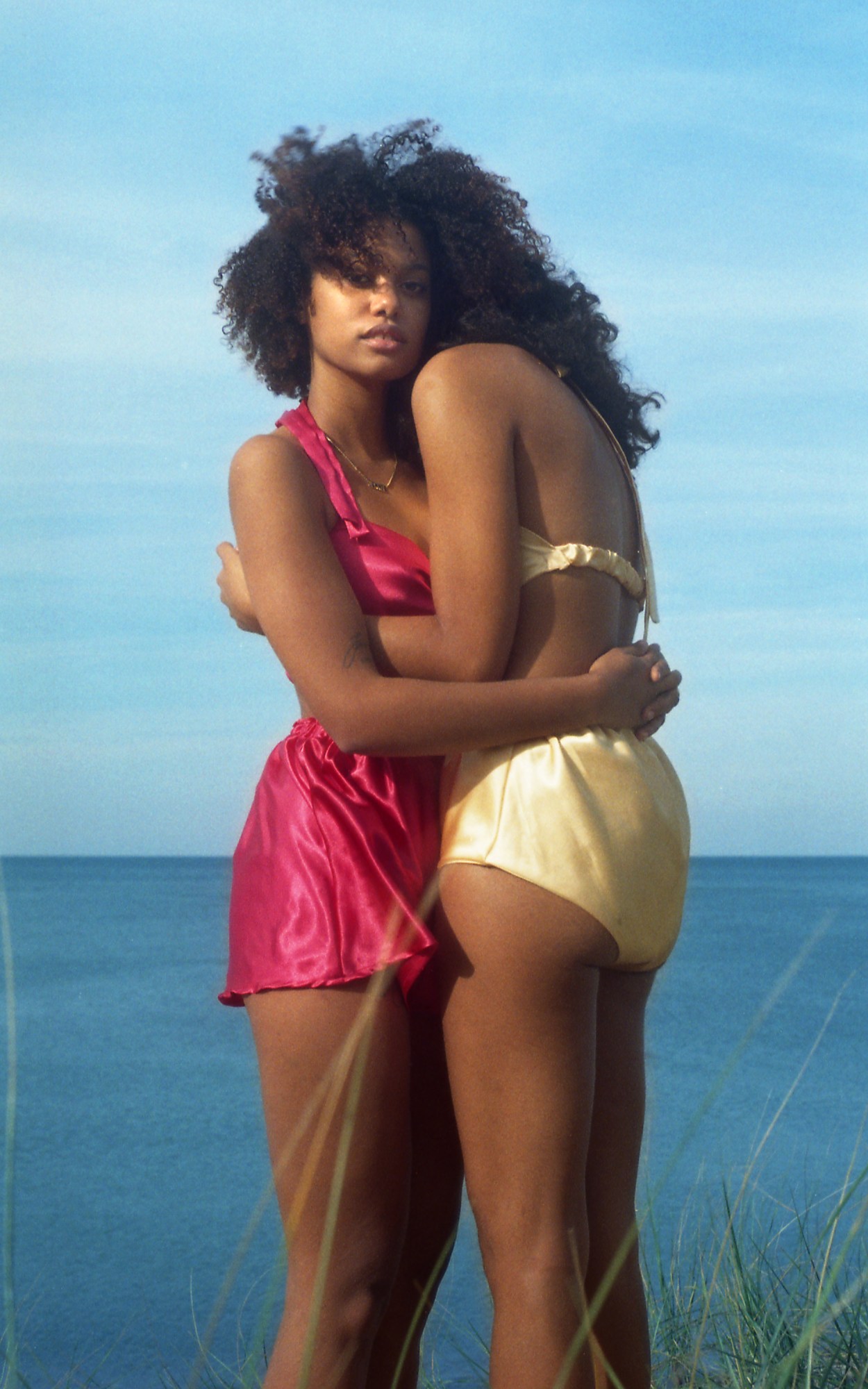
Tell me a bit about yourself and where you grew up.
I grew up in Seattle, Washington in a family of Jehovah’s Witnesses. My mom was ex-communicated when I was five. The upside of that was that I didn’t have to grow up in a sexist and isolated cult, but the downside was being separated from my family. As Jehovah’s Witnesses, my parents weren’t allowed to go to college, so my mom was a house cleaner and my dad sold shoes at Nordstrom.
How and when did you get into photography?
My dad always wanted to be a photographer so I think he made sure I was given the options that he wasn’t. When I was 15, he bought me my first film camera. We’d go on photo outings and snap pictures of the things around us. In high school I started carrying my Canon AE-1 with my everywhere. I’d take pictures of my friends during lunch, in class, and after school at ultimate frisbee practice. My senior year I applied to University of California, Santa Barbara for their film production program. Once there, I was super homesick so I transferred to University of Washington for photography. I graduated two years ago and I’ve been a photographer full time for six months. Before that, I was working full time at a thrift store while shooting whenever I could.

Do you think photography should be studied at university? Did you?
I do NOT think it needs to be studied. I majored in photography at school eventually, but that was my third school transfer (after UCSB and community college), so I missed out on all the technical lessons of photography. I was fully self-taught. My program just taught me things like art history and how to write at a college level.
In an industry saturated with imagery, how do you keep your ideas new and fresh?
I feel like with such a saturated visual world, we as artists we are constantly in conversation with each other. A lot of times I catch myself subconsciously referring to other photos or films in my own art. I often take pieces of other things I see and stitch it together into something of my own. I’m constantly scrolling through Tumblr, or watching 70s/80s films for inspiration. Right now I’m so inspired by Éric Rohmer films. His pairings of colour are so gorgeous.
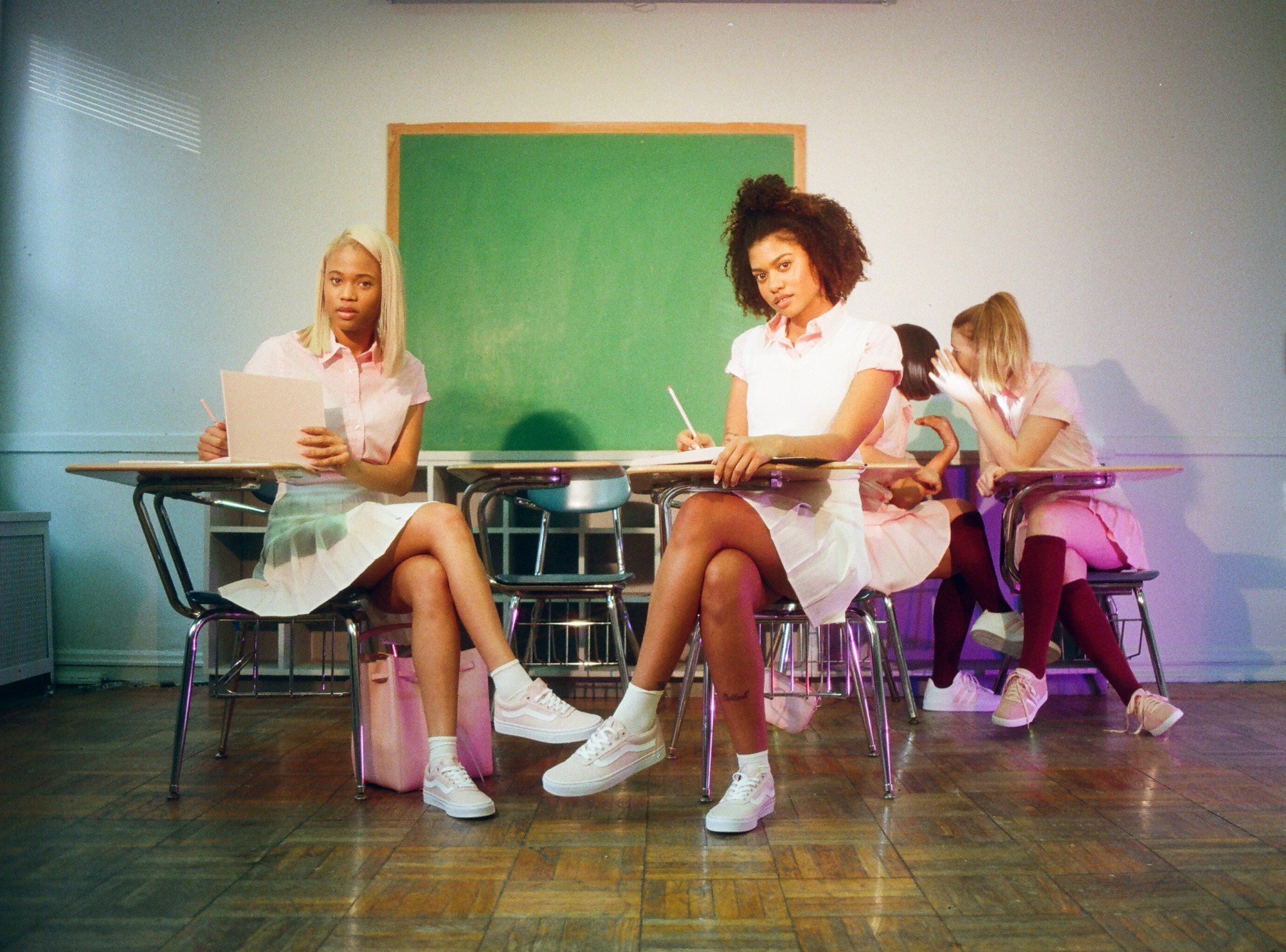
How do you keep it original when it feels like so much has been done already?
This is so hard to do and it’s something I’m constantly thinking about. Sometimes I’ll make something that I think is totally new and original but then later I’ll see that it’s been done already. I think it’s okay to take pieces of old things and make them new again. I love looking at 80s and 90s fashion photography and redoing aspects, such as the lighting.
How competitive is it with other young photographers?
I mean, it’s competitive because there’s so many of us out there, but I’m not here to compete. I like when we come together and support one another. I think we all have our unique talents and perspectives that we bring to the table.
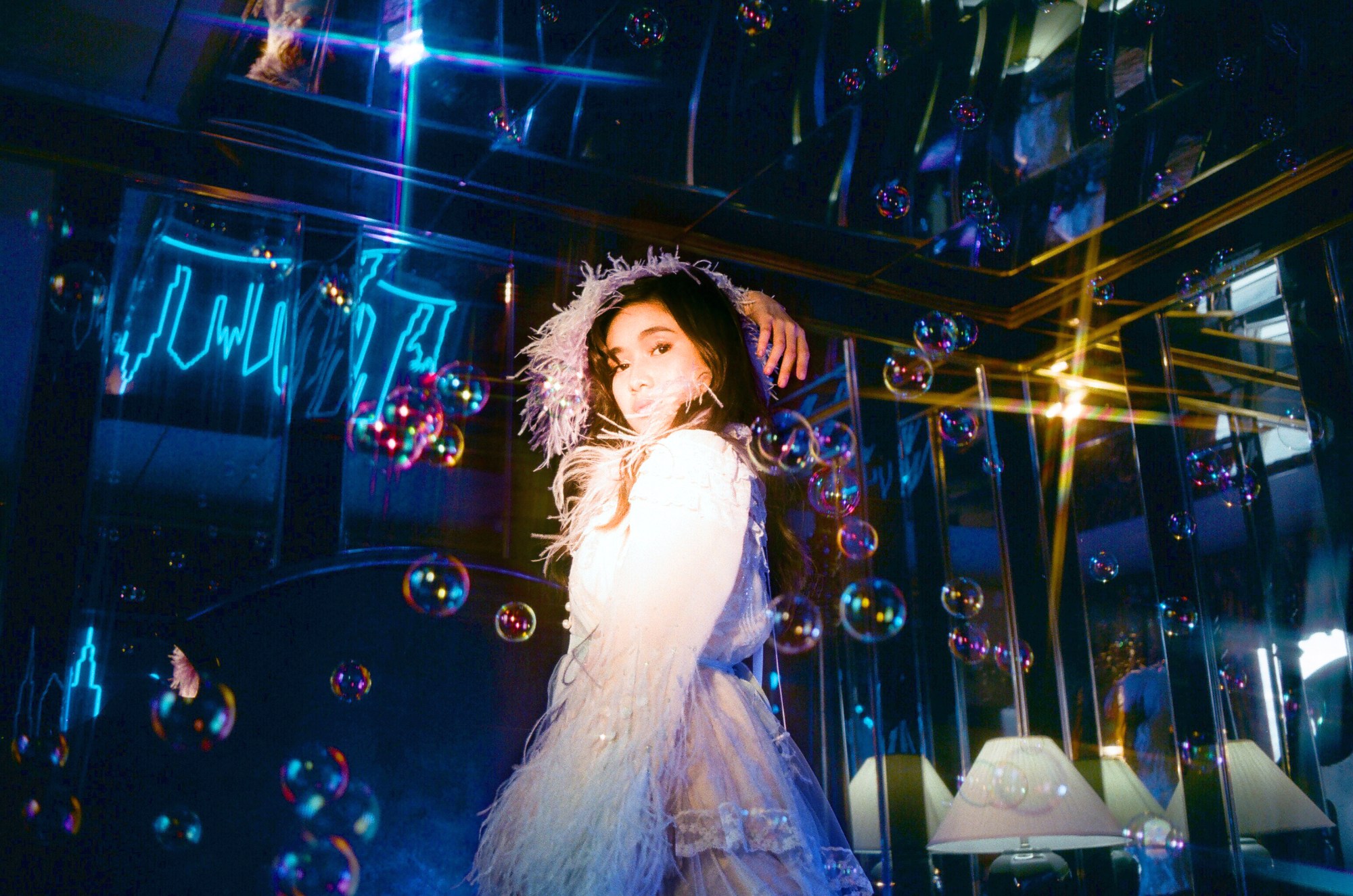
Film or digital? Do you have to spend huge amounts on equipment to make it?
I’m 90% film but sometimes I get a big job that needs a huge output and so I’ll shoot both digital and film. The last time I had to shoot digital for a job was December though, so it’s rare. Film and developing costs are expensive, but a lot of times I try to tack those costs onto my rate. Sometimes that’s not possible though, especially with editorial work. My equipment is super basic and I got it cheap (my camera only cost me $20!). I got most of my equipment from the thrift store I used to work at — there was a photographer who would occasionally donate lights and C-stands and stuff like that.
What’s the biggest challenge you face as a photographer?
The biggest challenge I have right now as a freelance artist is demanding fair pay. So many shoots don’t have budgets or the budgets are ridiculously low, so if I even try to negotiate I’ll just get ghosted and they probably go find some other emerging photographer who will actually shoot it for free.
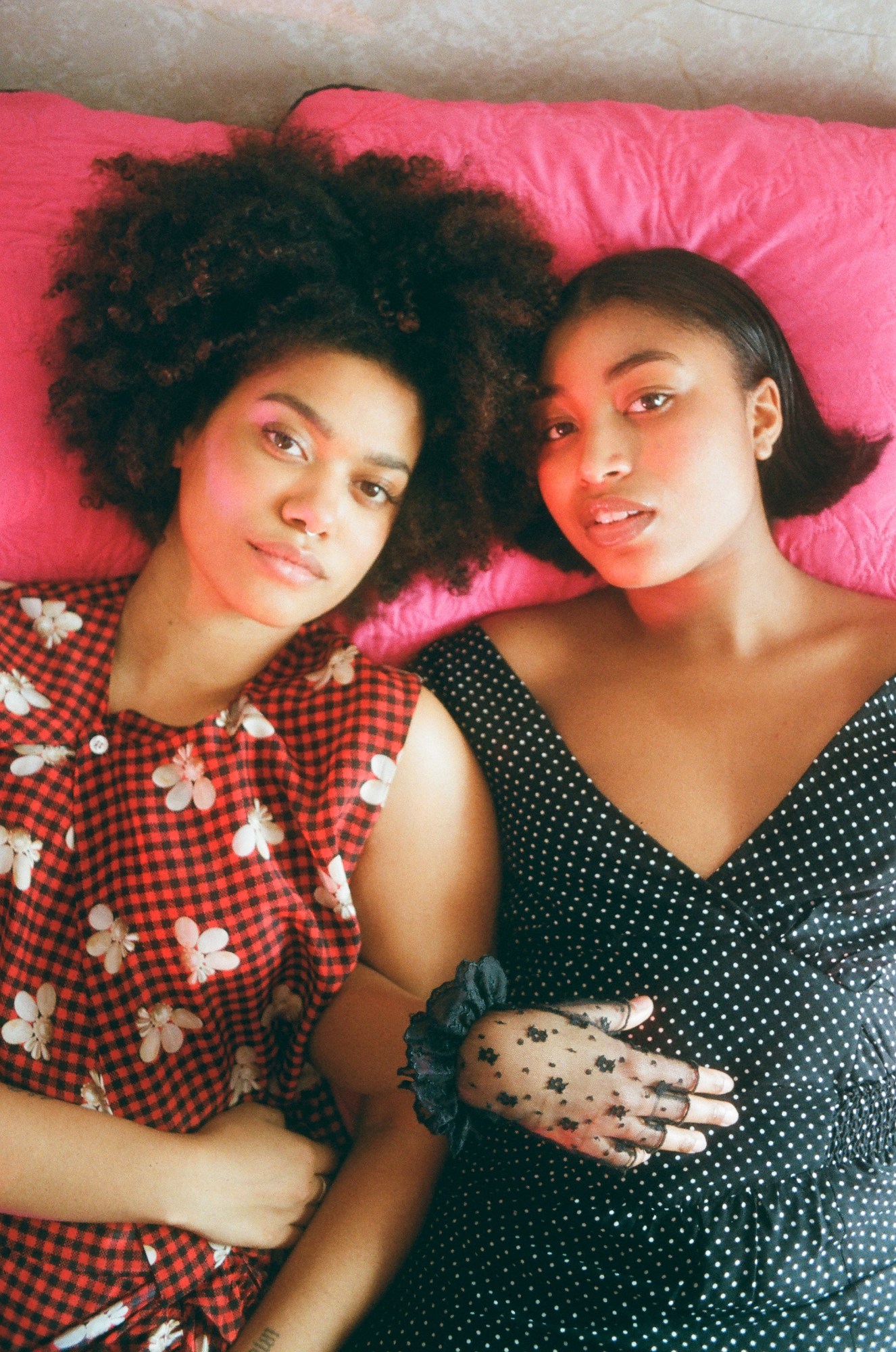
Do you think photography is an elitist industry?
Absolutely. It’s elitist, classist, sexist and racist. I think it’s starting to change, but we have a long way to go still.
How do you balance creativity and commerciality?
I think I’m pretty adamant about shooting in my own creative style. Luckily I don’t even get approached by jobs that aren’t up my alley. Sometimes, of course, I have to be flexible and let go of certain things to please a client but for the most part the work I get allows me to keep my creative voice.
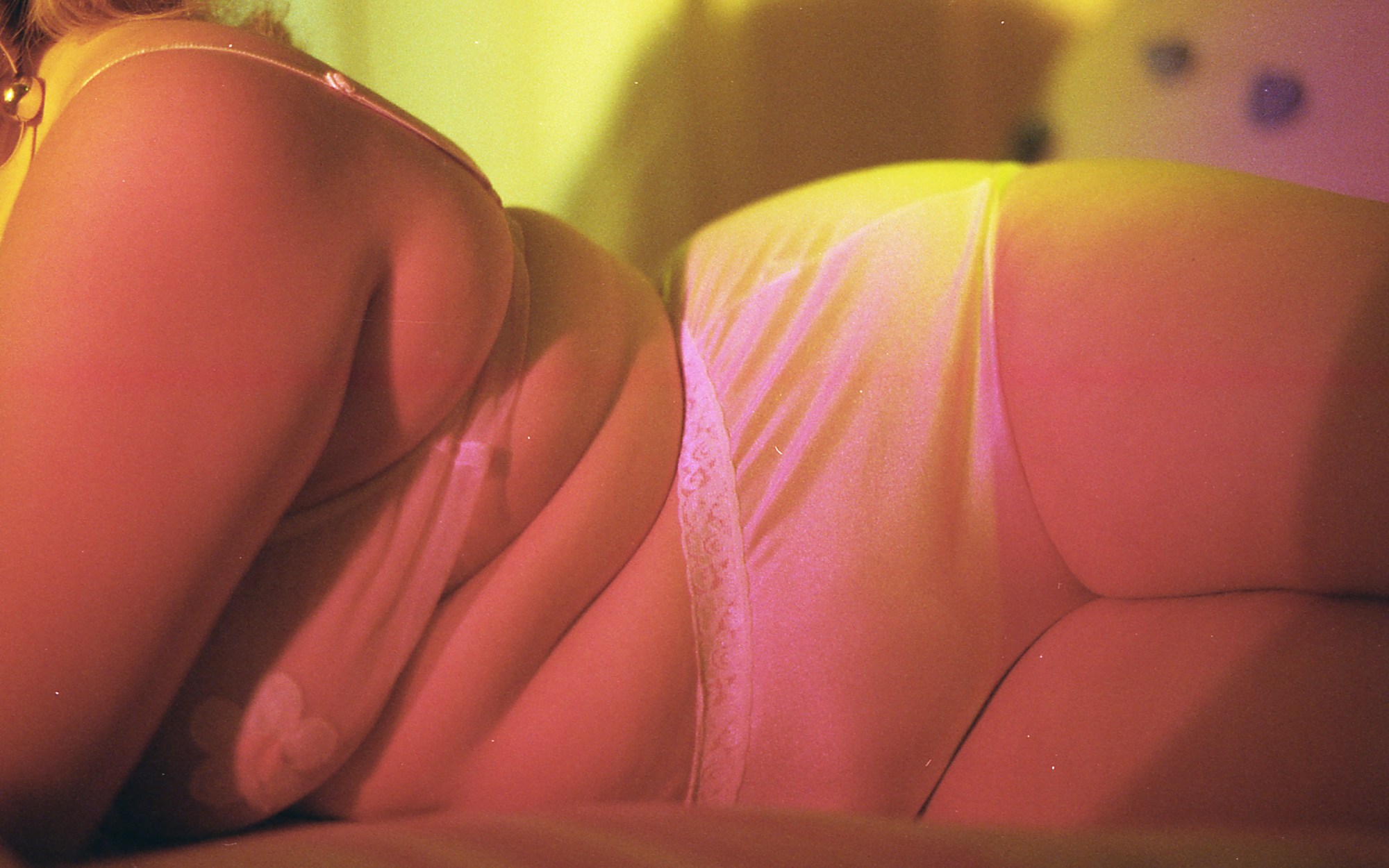
What advice would you offer someone looking to pursue photography full-time?
It’s so hard, especially for people who are in school and have to work a job like I did. I just planned shoots with my friends in any free time I had. Since I didn’t have much to offer in terms of money in the beginning, when I was building my portfolio, I would offer trade by way of lunch or prints. My advice is just to shoot all the time, and then post it to the world and get your voice out there. Eventually you will build an audience.
How much do you take social media, particularly Instagram, into account when making an image and thinking about the impact and distribution of the images?
I think the only time Instagram impacts the way I make my art is when I’m shooting nudity. Sadly Instagram doesn’t allow any of that, so if I’m shooting something I also make an “Instagram friendly” version by putting clothes on the model. I’ve tried censoring or blurring out nudity, but even those get taken down on my account.
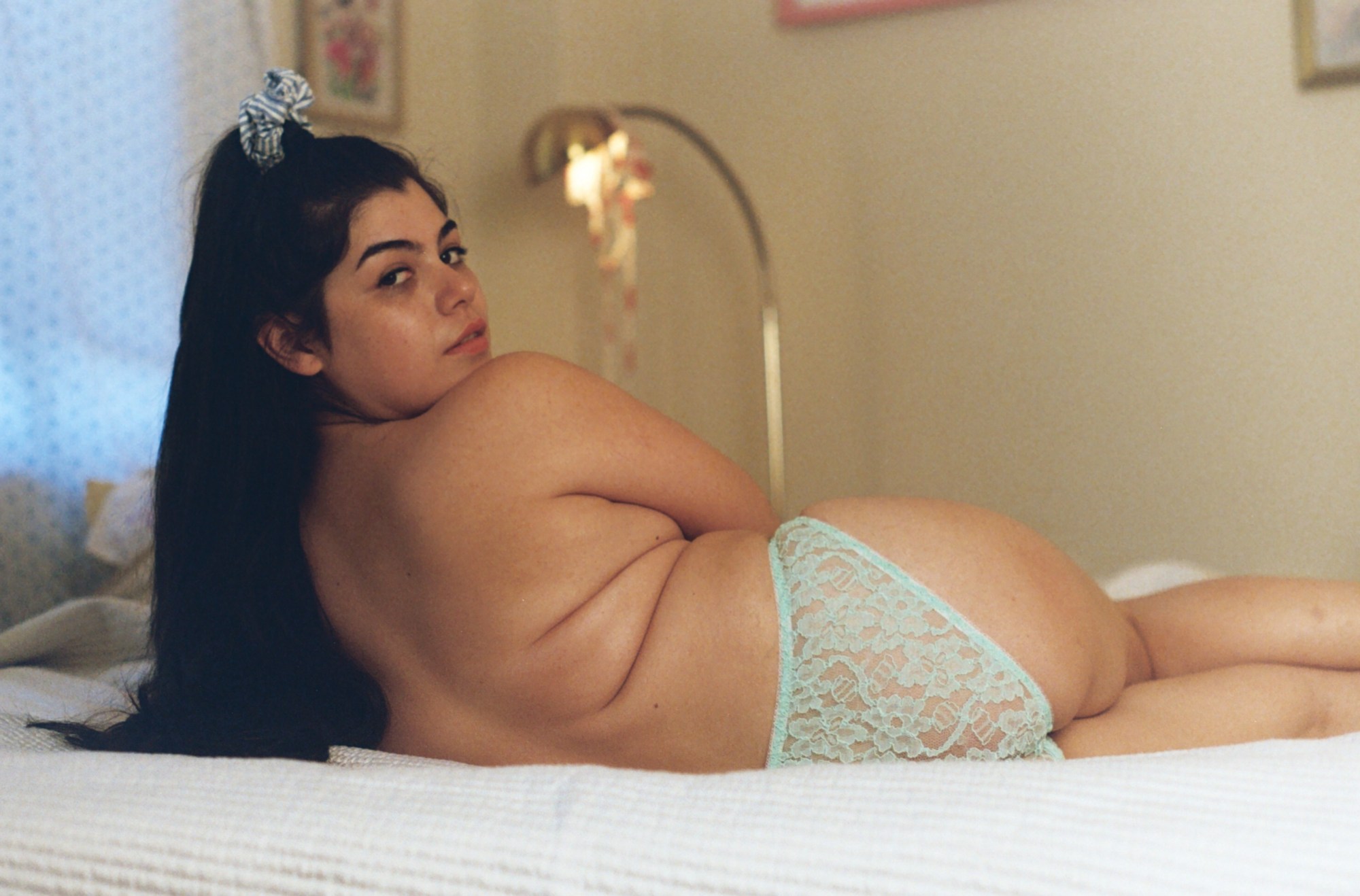
Do you feel hopeful about the future of photography as a craft? Where do you think the industry is moving?
I totally feel hopeful! Film is making a comeback, which is so exciting. I also see that the industry is shifting into moving images rather than still images. I think being able to shoot both still and moving images will be necessary soon.
Why is print still so important?
The internet is a very real thing, but it feels transient to me. Print is important because there’s something tangible and long-lasting about it. Every time I have work in a newspaper or magazine, I make sure to grab a copy. It’s more validating to have something exist physically in the world.
Credits
Photography Ashley Armitage
